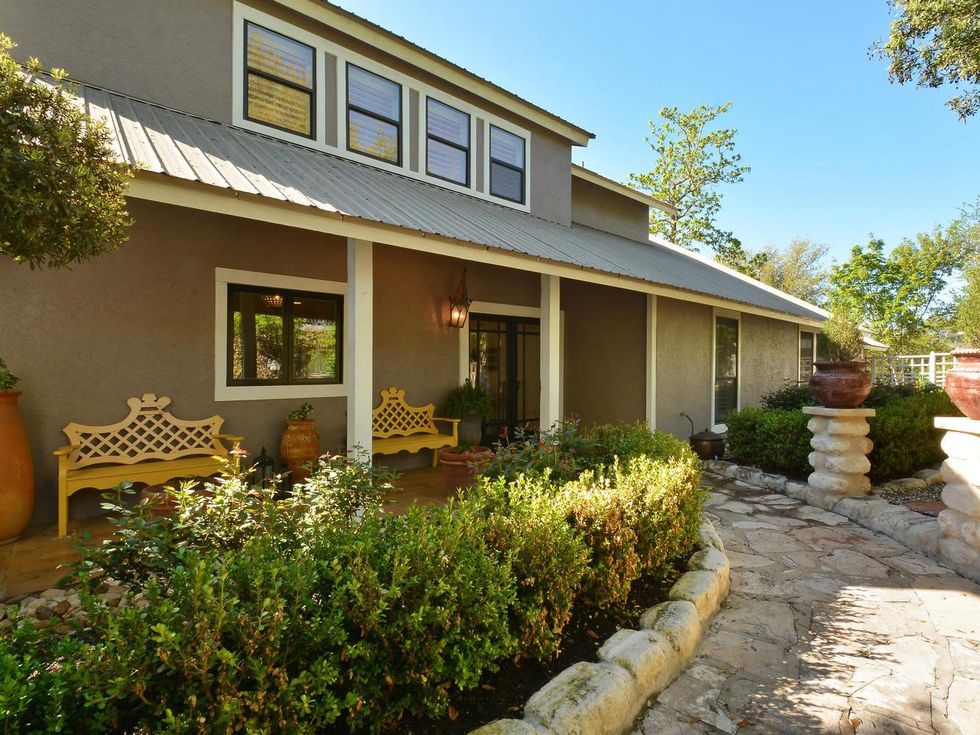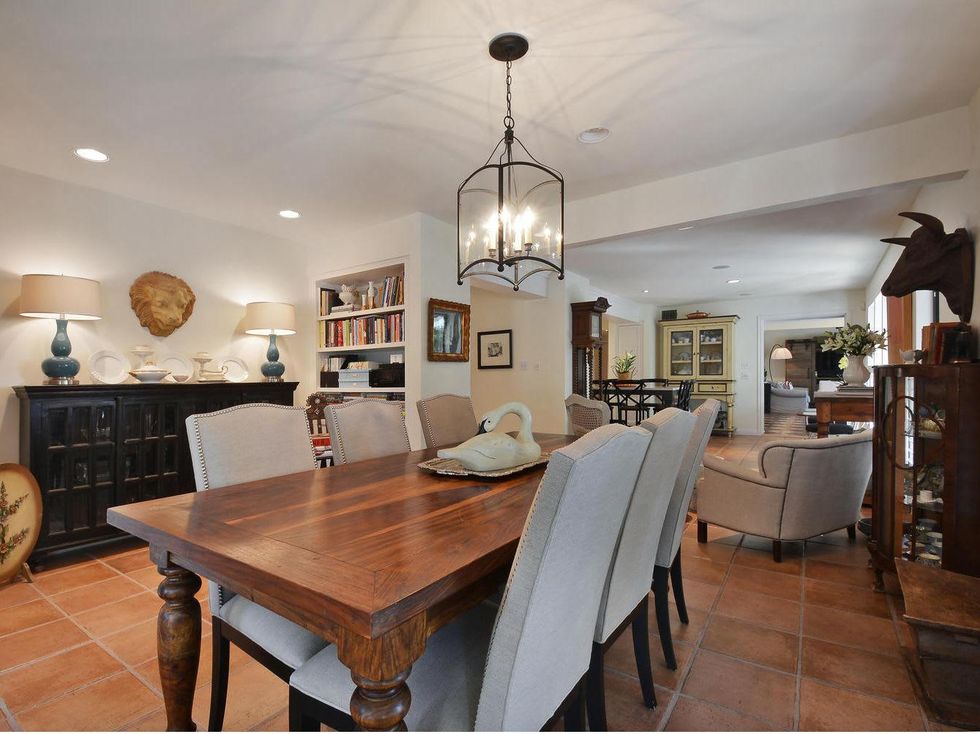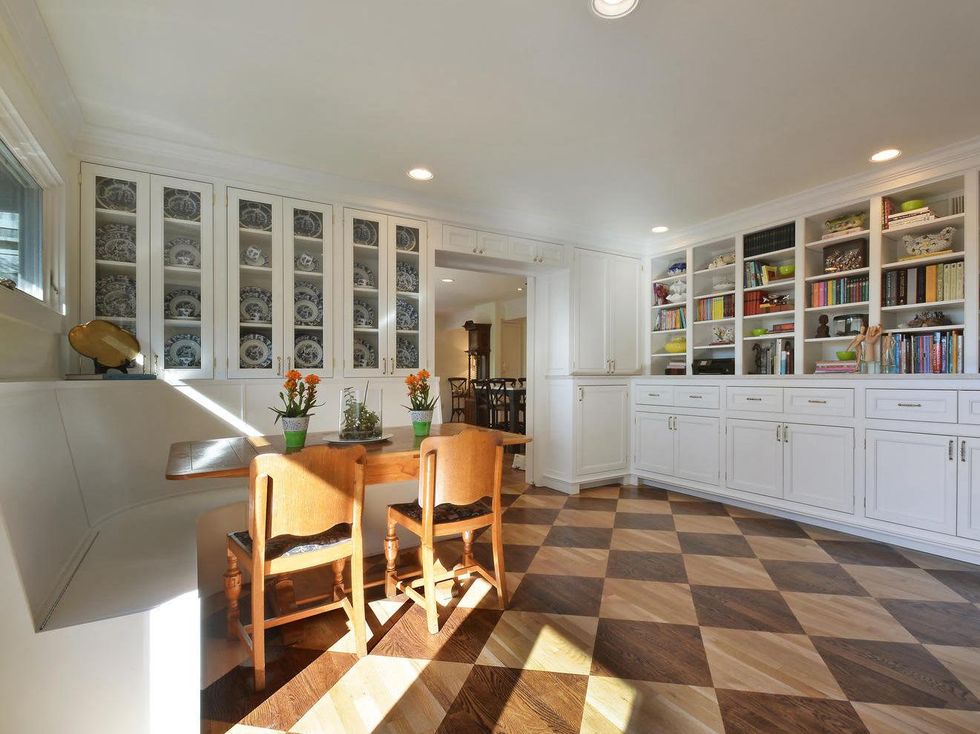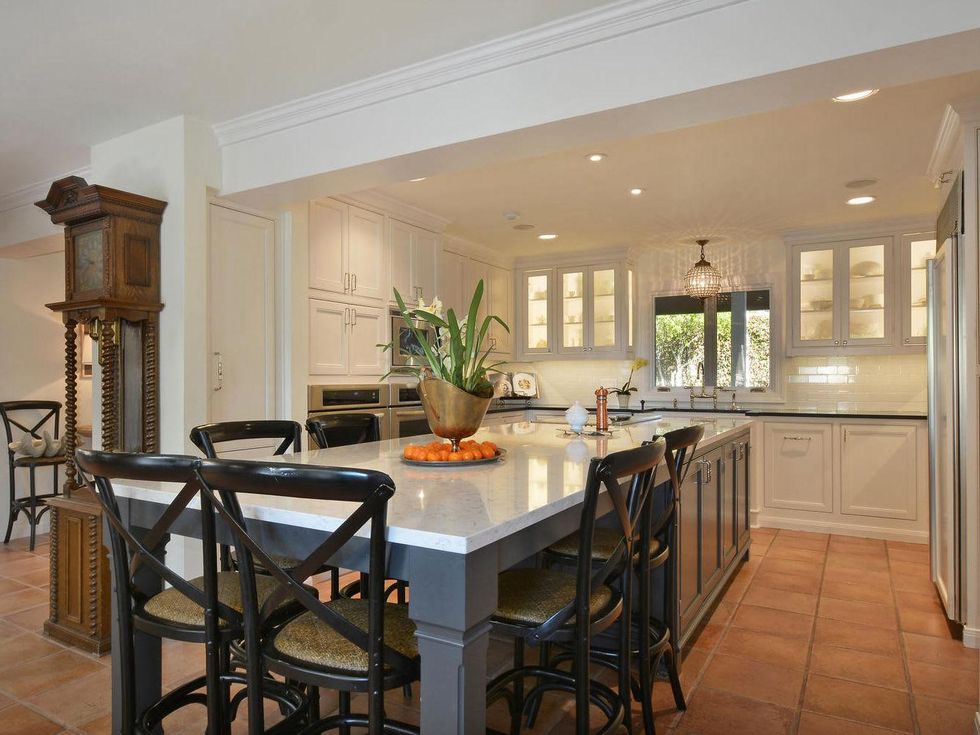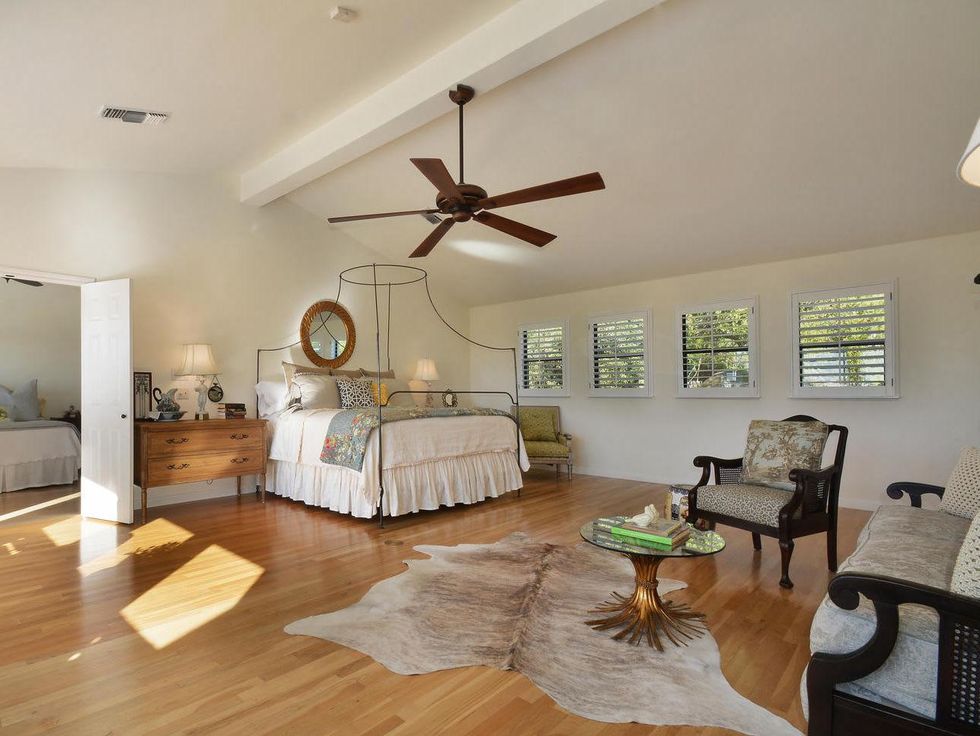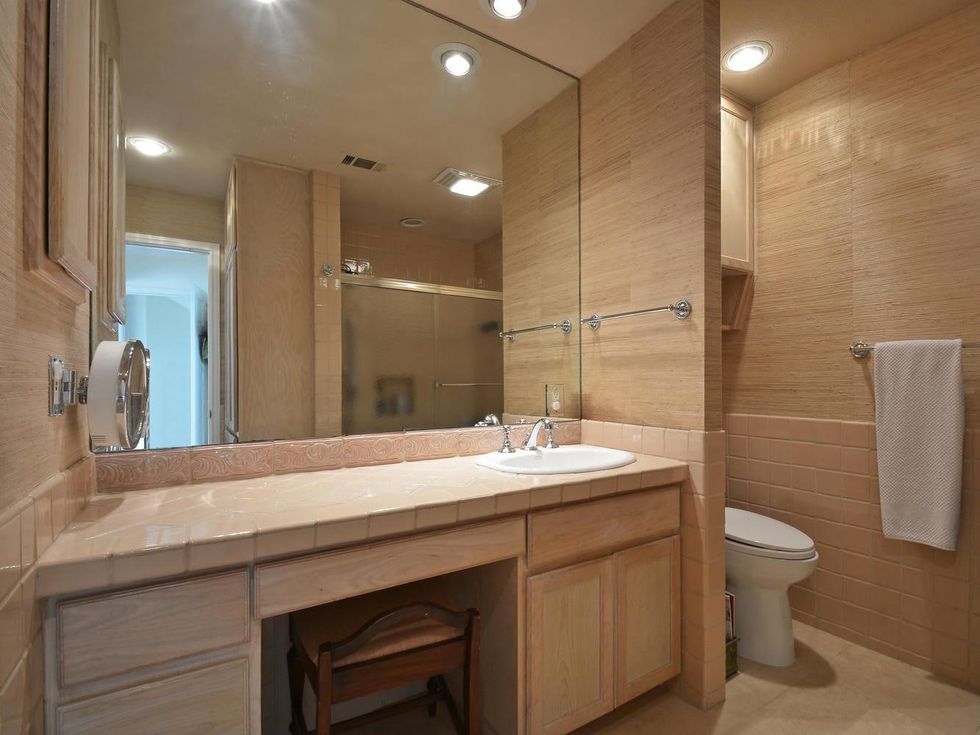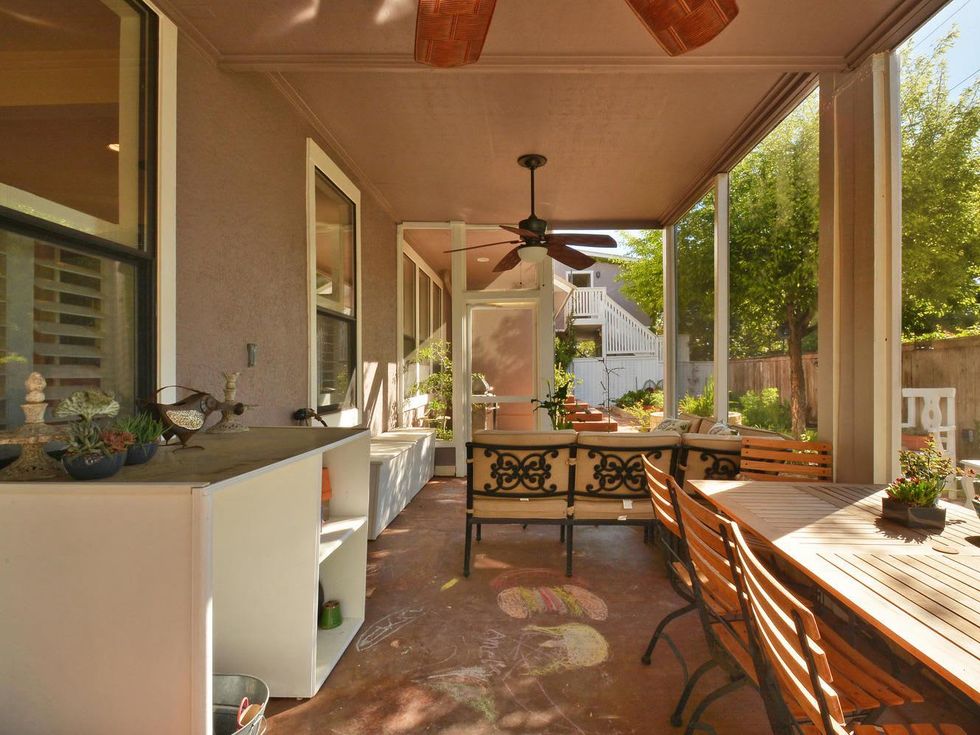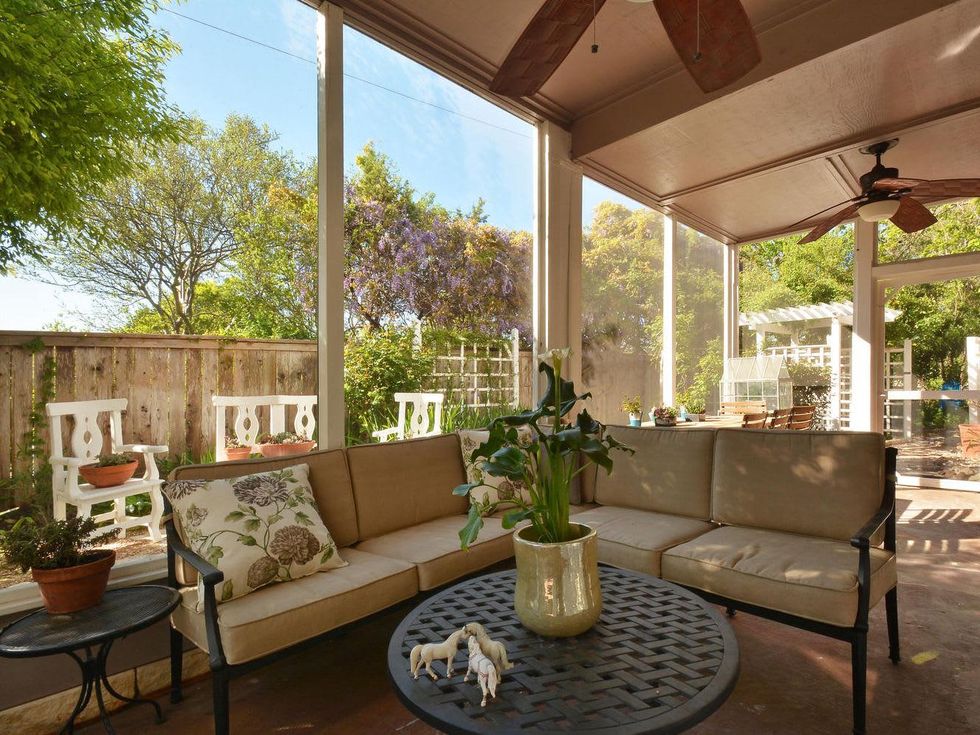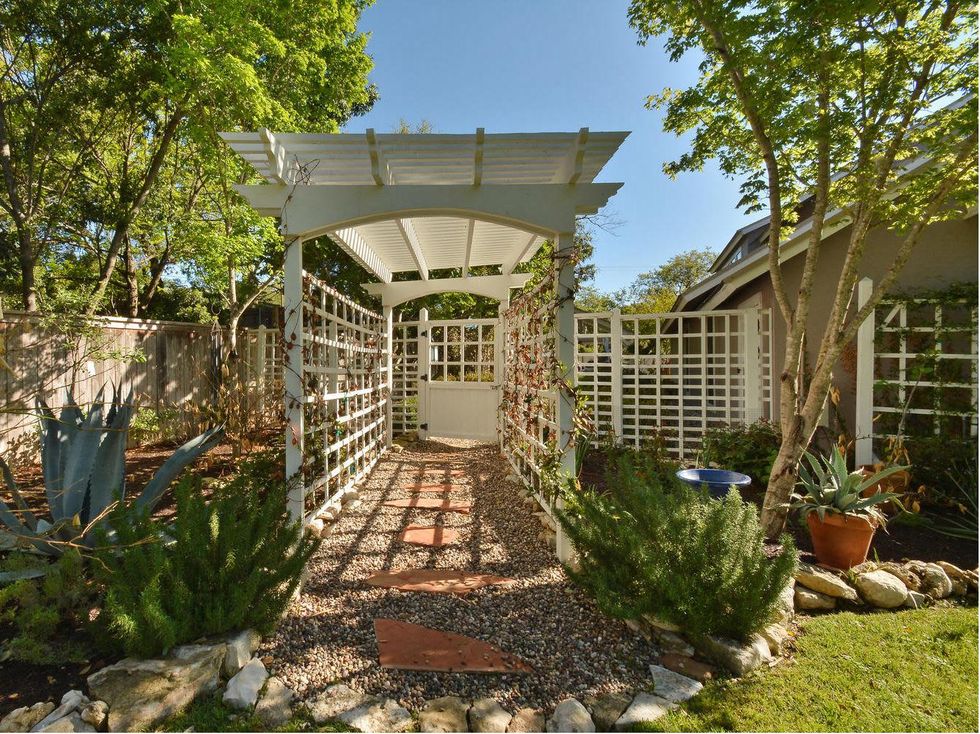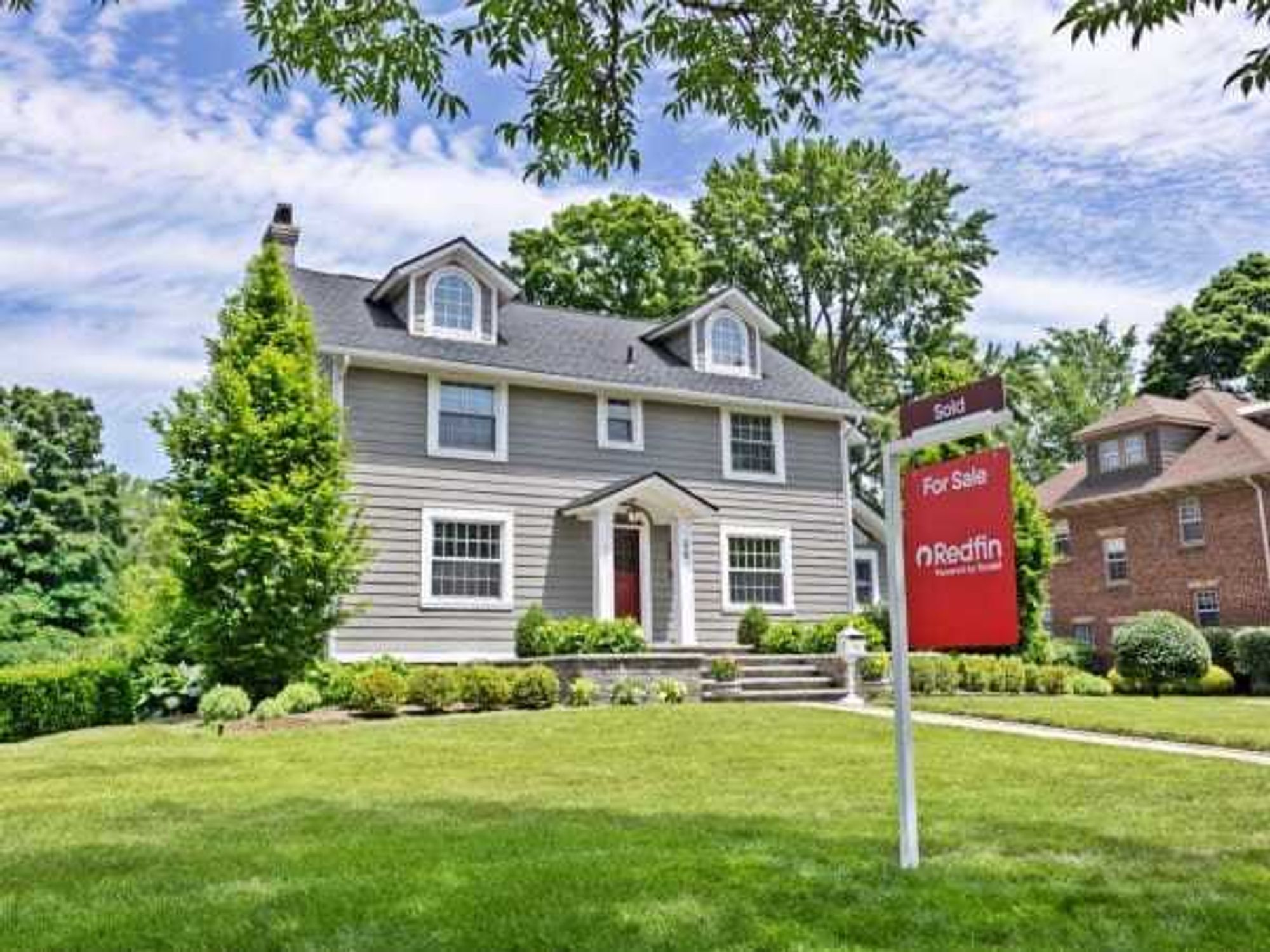For Sale In Austin
An exclusive look inside Chef Tyson Cole's Westlake home, on the market now
Chef Tyson Cole became a household name in Austin when he opened his award-winning Japanese fine-dining establishment Uchi in 2003. Cole's footprint is now felt across Texas, with Uchiko in Austin, Uchi Houston and the forthcoming Uchi Dallas.
Today, we step inside Uchi/Uchiko chef/owner Cole's home, tucked away in "Old Westlake." Surrounded by lush greenery and trees, the home maintains a pristine view of the downtown skyline, without the hectic nature of downtown living.
Suited for maximum entertainment, the 4,000-square-foot house includes four living areas and a screened porch. Built in 1974 and recently updated, the property sits on a half-acre of land and features a main home with four bedrooms and four bathrooms, as well as a well-accompanied one-bedroom guest apartment.
The kitchen (a home chef's dream) features a large eat-in island with seating for six — perfect for watching an award-winning chef prepare a delectable meal. Elements like saltillo tile, checkered hardwood floors, rustic chandeliers and a cozy built-in booth add to the understated charm of the home that embodies a casual feel.
Purchased by Cole in 2008, the home is currently listed by Nicole Kessler of Gottesman Residential Real Estate for $1,595,000.
